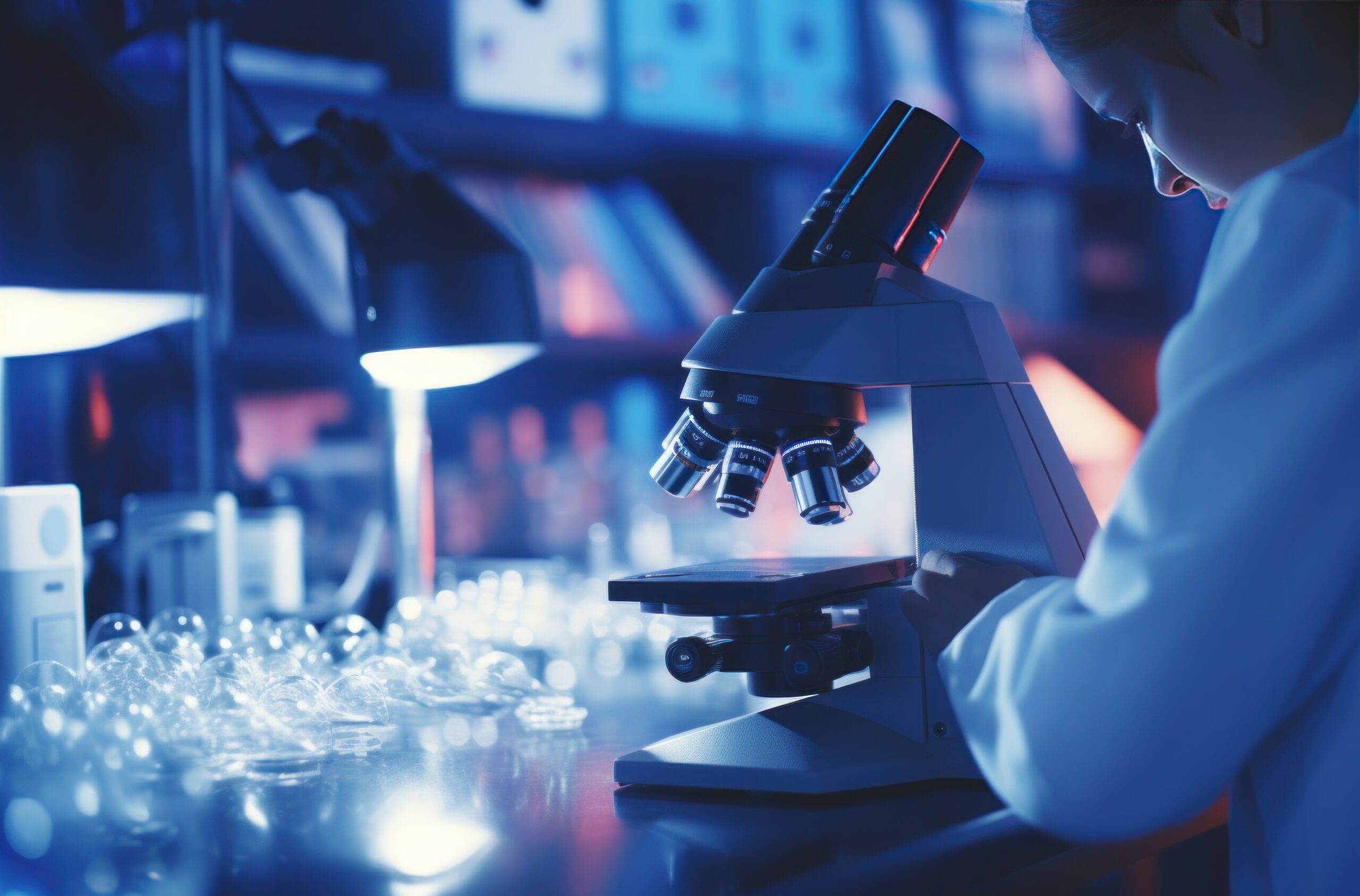Your cart is currently empty!
Peptides that Boost Testosterone
There are several peptides that are believed to potentially help boost testosterone levels. While some of these peptides have been studied for their impact on hormone regulation, it’s important to note that results can vary between individuals, and more research is often needed to fully understand their effectiveness. Below are some peptides commonly associated with promoting testosterone production:
1. HCG (Human Chorionic Gonadotropin)
- Function: HCG is a hormone that mimics luteinizing hormone (LH), which signals the testes to produce testosterone.
- Use: It is often used in men with low testosterone levels or hypogonadism to stimulate the testes and increase testosterone production.
- Mechanism: HCG stimulates the Leydig cells in the testes to produce testosterone, similar to how LH works in the body.
2. GnRH (Gonadotropin-Releasing Hormone) and GnRH Analogs
- Function: GnRH plays a key role in the regulation of the reproductive system by stimulating the release of luteinizing hormone (LH) and follicle-stimulating hormone (FSH) from the pituitary gland.
- Use: GnRH agonists or analogs (e.g., Cetrorelix, Triptorelin) can stimulate the production of LH and FSH, which indirectly boost testosterone levels in men.
- Mechanism: By promoting the secretion of LH, GnRH analogs stimulate the testes to produce more testosterone.
3. PT-141 (Bremelanotide)
- Function: PT-141 is a peptide derived from the melanocortin system that has been shown to affect sexual arousal and function.
- Use: While PT-141 is primarily known for improving libido, it may also have indirect effects on testosterone levels by improving sexual function and overall vitality, which could help balance hormone levels.
- Mechanism: PT-141 acts on the brain’s melanocortin receptors and may enhance the release of LH, indirectly boosting testosterone.
4. Ipamorelin
- Function: Ipamorelin is a growth hormone-releasing peptide (GHRP), which stimulates the pituitary gland to release more growth hormone (GH).
- Use: Growth hormone has a complex relationship with testosterone, as increased GH can indirectly stimulate the production of testosterone. Some individuals use Ipamorelin as a way to boost both growth hormone and testosterone.
- Mechanism: Ipamorelin stimulates GH release, which can also increase the secretion of insulin-like growth factor 1 (IGF-1). This can have secondary benefits for testosterone levels.
5. MK-677 (Ibutamoren)
- Function: MK-677 is another growth hormone secretagogue, similar to Ipamorelin, but it works by mimicking ghrelin, a hormone that stimulates GH secretion.
- Use: While primarily used to increase GH levels, MK-677 can also have an indirect effect on testosterone levels, as growth hormone and testosterone production are interconnected in the body.
- Mechanism: By increasing GH and IGF-1, MK-677 may indirectly support testosterone production, especially in men with low levels of either hormone.
6. CJC-1295 (and CJC-1295 with DAC)
- Function: CJC-1295 is a synthetic growth hormone-releasing hormone (GHRH) analog.
- Use: It stimulates the pituitary gland to increase the release of growth hormone, which can have a cascading effect on testosterone levels.
- Mechanism: Increased growth hormone levels can support the release of other anabolic hormones like IGF-1, which may also indirectly support the body’s ability to produce testosterone.
7. TB-500 (Thymosin Beta-4)
- Function: TB-500 is a peptide that plays a role in tissue repair and healing, and it has been suggested that it might also impact hormone regulation.
- Use: While primarily used for recovery and inflammation, there is some evidence to suggest that TB-500 might support general hormonal balance, potentially aiding in the natural production of testosterone.
- Mechanism: TB-500 may indirectly influence testosterone production by supporting general health, healing, and recovery, though this is not its primary function.
8. Follistatin
- Function: Follistatin is a peptide that inhibits myostatin, a negative regulator of muscle growth.
- Use: By inhibiting myostatin, follistatin may indirectly promote muscle growth and support hormonal balance, including testosterone. This peptide is often used in performance enhancement and body composition.
- Mechanism: Follistatin increases muscle growth and overall anabolic activity, which may help balance hormone levels, including testosterone.
Conclusion:
Peptides like HCG, GnRH analogs, and growth hormone secretagogues (e.g., Ipamorelin, MK-677, CJC-1295) are the most commonly discussed for their potential to boost testosterone levels or support testosterone production in various ways. However, it’s important to note that the effectiveness of these peptides can vary, and more research is needed to fully understand their role in testosterone optimization.
Always consult with a healthcare provider before using peptides or any other hormonal therapies, as they may have side effects or interactions with other medications.
Categories
- BPC-157
- CJC-1295 (with DAC)
- CJC-1295 No Dac
- Epithalon
- Follistatin
- General Peptide
- GHK-cu (Copper Peptide)
- GLP-1/GIP
- GnRH (Gonadotropin-Releasing Hormone)
- HCG (Human Chorionic Gonadotropin)
- Ipamorelin
- Kisspeptin
- Melanotan II (MT2)
- MK-677 (Ibutamoren)
- MOTS-c
- NAD+
- Oxytocin
- Peptide Storage
- Peptides
- PT-141 (Bremelanotide)
- Research Dosages
- Research Supplies
- Retatrutide
- Selank
- Semaglutide
- SNAP-8
- TB500 (Thymosin Beta-4)
- Tirzepatide
- Topical Peptides

